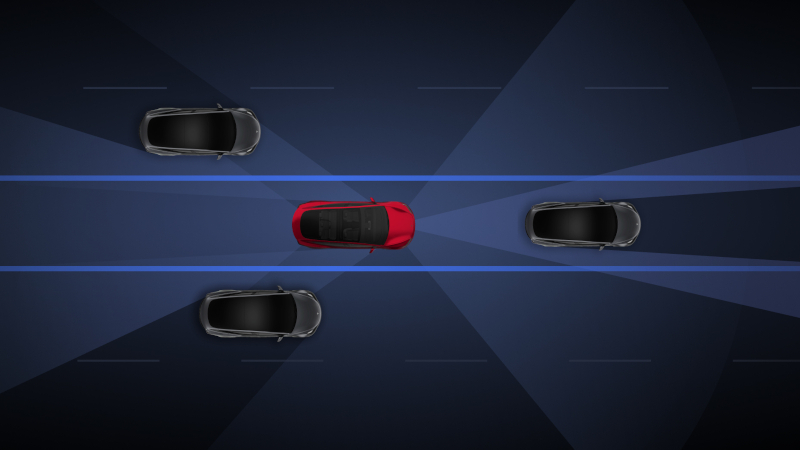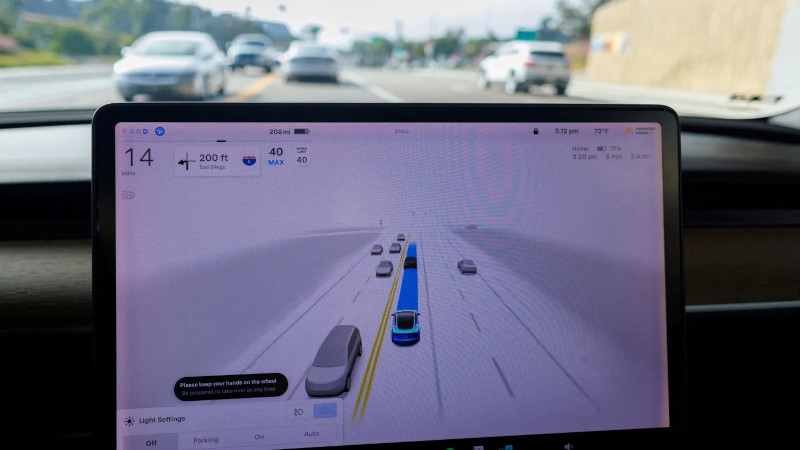Tesla has come under investigation by the US National Highway Traffic Safety Administration (NHTSA) for using its Full Drive (FSD) system when road visibility is poor. The reason was an incident in which a Tesla car, in FSD mode, hit a pedestrian, which led to his death. NHTSA is also reviewing other crashes involving FSDs that occurred in fog, bright sun and other low visibility conditions.

Image Source: Tesla
According to the department’s website, one of the main goals of the investigation is to evaluate FSD’s ability to detect and respond to deteriorating road visibility. In addition, NHTSA plans to determine how many similar crashes have occurred involving FSD and what factors may have contributed to the crash. Particular attention will be paid to OTA software updates for Tesla. NHTSA will examine the intent of these updates, the timing of their release, and the impact on the overall safety of Tesla electric vehicles.
The preliminary investigation covers approximately 2.4 million Tesla vehicles on US roads. This includes models such as the Model S and Model X (produced from 2016 to 2024), Model 3 (2017 to 2024), Model Y (2020 to 2024), and the Cybertruck produced in 2023 and 2024. All of these cars are equipped with FSD, which the company says is a partial driving automation system that requires constant monitoring by the driver.
As of October 1, 2024, NHTSA has already recorded 1,399 incidents in which Tesla’s driver assistance systems, such as Autopilot or FSD, were active at the time of collision or 30 seconds before it. Of these accidents, 31 were fatal. At the time of publication, Tesla had not commented on the incident.

A Tesla Model 3 warns the driver to keep their hands on the wheel and be ready to take control at any time when using the Full Drive (FSD) system in Encinitas, California, USA, October 18, 2023. Image source: Mike Blake / Reuters
However, at a recent event, CEO Elon Musk said that Tesla expects to introduce fully autonomous driving, which does not require driver control, in the Tesla Model 3 and Model Y in Texas and California as early as next year. Despite Musk’s years of promises to create fully autonomous cars, Tesla has yet to deliver an electric vehicle that can be safely used on public roads without a driver.